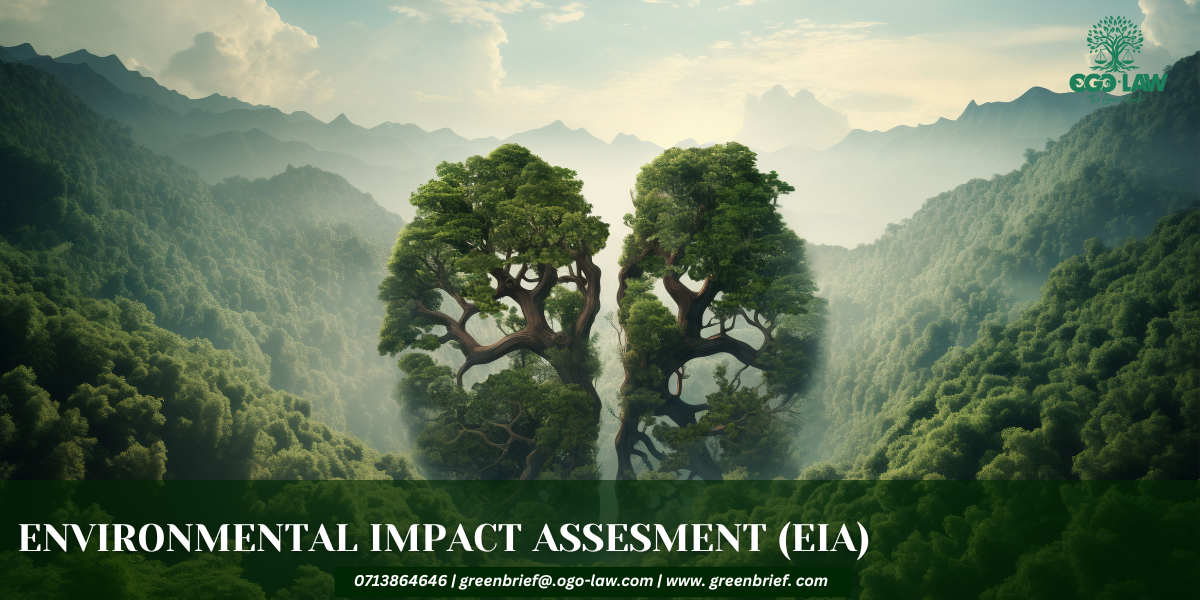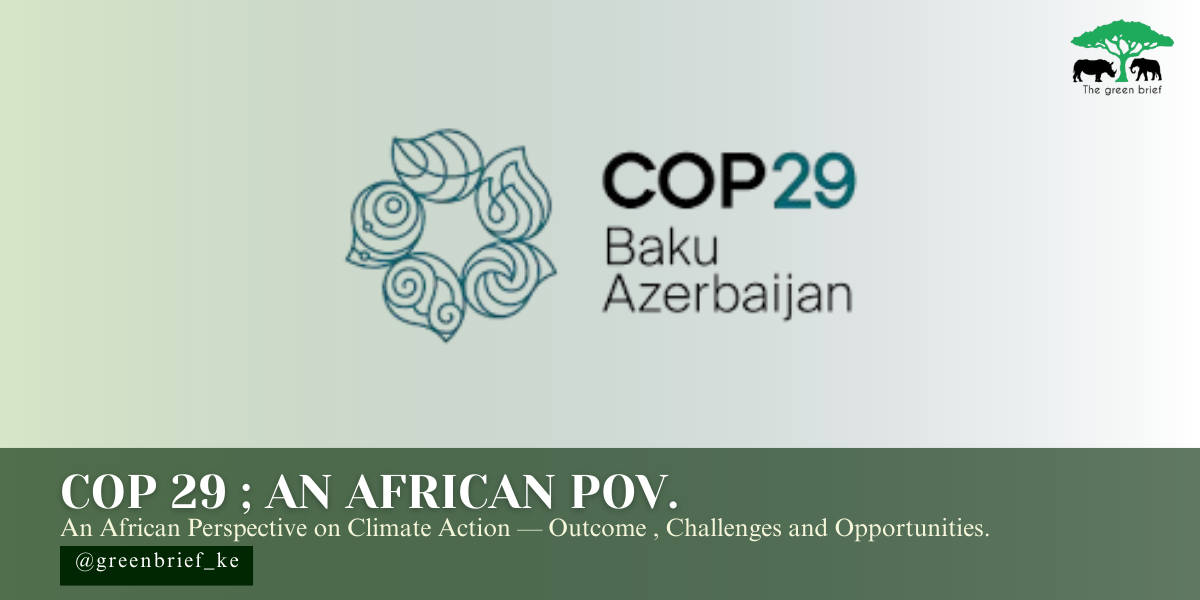Every time a new development project is planned, be it a road, a factory, a dam, or even a housing estate there is a potential impact on the surrounding environment. These impacts can range from changes in local ecosystems and water quality to effects on human health and social structures. To manage these potential consequences responsibly, countries around the world have developed a tool known as the Environmental Impact Assessment (EIA).
An EIA is a systematic process used to evaluate the likely environmental effects of a proposed project before it is carried out. Its purpose is to identify, predict, and mitigate potential negative impacts on the environment, ensuring that development is sustainable and environmentally responsible. Essentially, it is a way of asking: “What could go wrong, and how can we prevent it?”
The EIA process typically begins with a screening stage, where authorities determine whether a project requires a full assessment or if it is likely to have minimal environmental effects. Projects with significant potential impacts automatically proceed to the next stage: scoping. During scoping, experts identify which environmental aspects such as air, water, soil, flora, fauna, and human communities need detailed study. This step ensures that the assessment focuses on the most critical issues and does not waste resources on minor concerns.
Next comes the impact analysis, where specialists collect data, model potential effects, and predict how the project may alter the environment. For example, a proposed mining project might be evaluated for its impact on water pollution, soil degradation, wildlife habitats, and nearby communities. During this stage, experts also explore alternatives, including changes in project design, location, or technology, to reduce environmental harm.
After the analysis, the findings are compiled into an EIA report. This document not only describes the potential environmental effects but also recommends measures to mitigate negative impacts. These recommendations could include strategies like pollution control technologies, habitat restoration, or community engagement programs. The report is submitted to the relevant regulatory authority, which reviews it before deciding whether the project can proceed, be modified, or be rejected.
Public participation is a crucial part of the EIA process. Communities affected by the project are given the opportunity to review the report and provide feedback. This ensures that the voices of those directly impacted are heard and that social and cultural considerations are included in the decision-making process.
In many countries, including Kenya, EIA regulations are legally binding. Projects cannot commence without EIA approval, and failure to comply can result in fines, project delays, or even cancellation. Beyond legal compliance, EIAs offer practical benefits. They help developers avoid costly environmental damage, improve project sustainability, and build community trust. For investors and stakeholders, a project backed by a thorough EIA is often seen as lower-risk and more socially responsible.
For those interested in working in this important field, the role of an EIA officer is central. EIA officers are environmental professionals responsible for conducting assessments, preparing reports, and ensuring compliance with environmental regulations. To become an EIA officer, one typically starts with a degree in environmental science, environmental management, ecology, forestry, or a related field. Additional training in environmental law, impact assessment methodologies, and data analysis is highly valuable. In many countries, including Kenya, EIA officers must also be registered with the national environmental regulatory authority and maintain continuing professional development to stay up to date with evolving standards and regulations.
In conclusion, an Environmental Impact Assessment is more than just a regulatory hurdle; it is a vital planning tool that balances development with environmental stewardship. By identifying potential problems early and recommending solutions, EIAs protect natural resources, communities, and the long-term viability of projects. For those looking to make a tangible difference, becoming an EIA officer offers an opportunity to shape sustainable development while safeguarding the environment for future generations.





